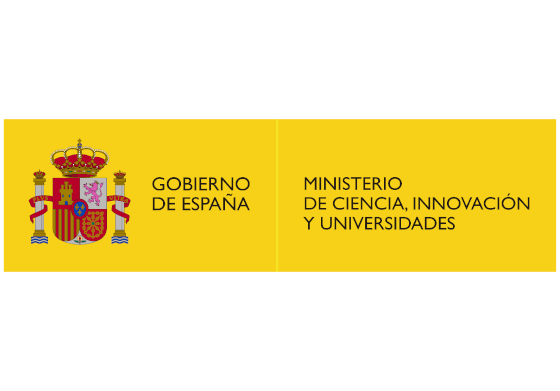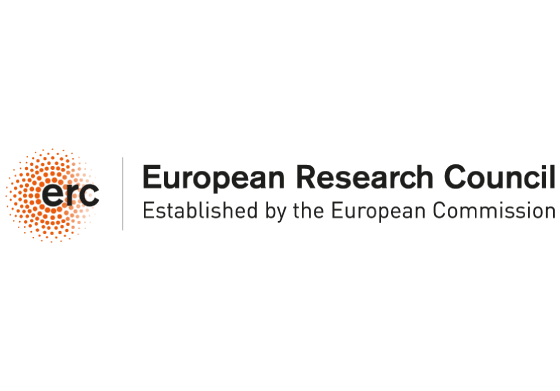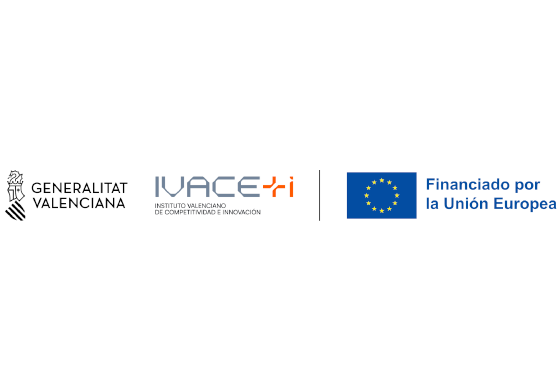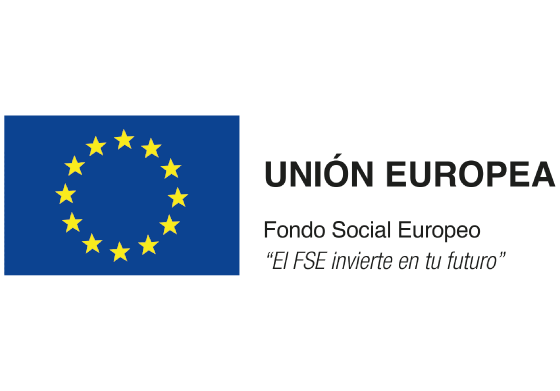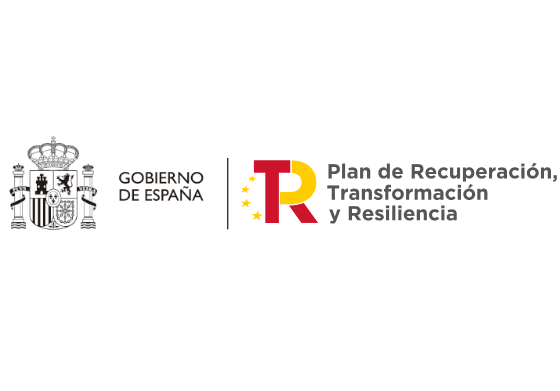Where: Salón de Actos de Edificio de Investigación II
Presented by: Dr. Rafael Sanchez
Miniaturization of organic and perovskite semiconductor devices can enable hybrid integration with silicon photonics and three-dimensional coupling with nanocavities for advanced optoelectronics. In this talk, taking the organic and perovskite light-emitting diodes (OLEDs and PeLEDs) as new platforms, we present the scalable nanopatterning of solvent-sensitive organic and perovskite semiconductors, small OLED/PeLED pixels down to ~100 nm. We report single-color OLED pixel arrays of the highest array density (up to 100,000 pixels per inch (ppi)) with the average external quantum efficiencies (EQEs) reaching 13.1%, representing the highest value ever demonstrated in all nanoscale LEDs. At the subwavelength scale, individual nanopixels act as electroluminescent meta-atoms forming metasurfaces that convert electricity directly into modulated light. The diffractive coupling between nanopixels enables control over the far-field emission properties, including directionality and polarization. The results presented here lay the foundation for bright surface light sources of dimension smaller than the Abbe diffraction limit, offering new technological platforms for super-resolution imaging, spectroscopy, and hybrid integrated photonics

